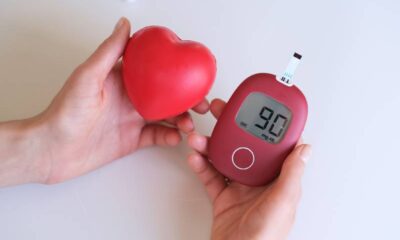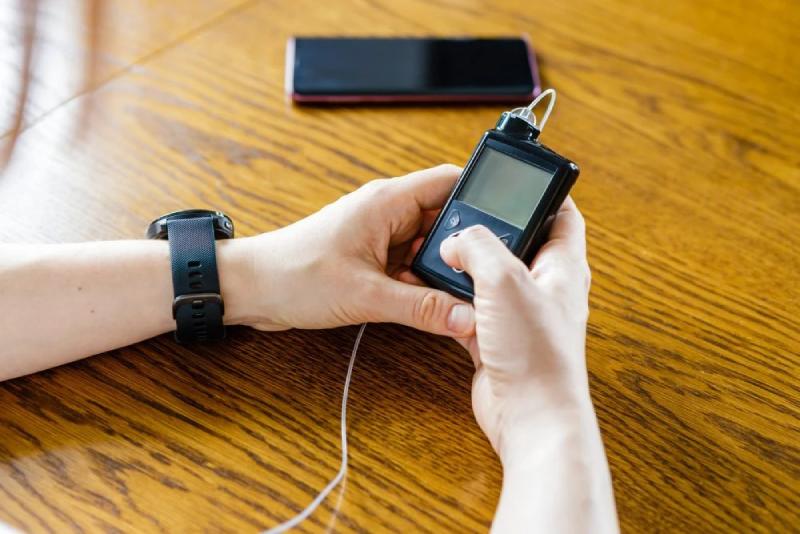Living with type 1 diabetes (T1D) requires constant vigilance. Managing blood sugar levels is crucial for preventing complications and maintaining a healthy life. Insulin pumps have revolutionized diabetes management, offering a more precise and flexible way to deliver insulin compared to traditional injections. But with an array of pumps available, choosing the right one can feel overwhelming. This comprehensive guide empowers you to navigate the world of insulin pumps and find the perfect fit for your T1D journey.
Understanding Insulin Pumps
- Function: An insulin pump is a small, computerized device worn discreetly on your body. It continuously delivers small amounts of rapid-acting insulin throughout the day (basal rate) and allows for additional boluses before meals or to correct high blood sugar levels.
- Benefits:
- Improved blood sugar control
- Increased flexibility in meal planning
- Reduced frequency of injections
- Potential for improved quality of life
- Components:
- Reservoir: Holds the insulin.
- Catheter: A thin tube inserted under the skin through which insulin is delivered.
- Pump body: Houses the electronics and controls for programming delivery rates.
- Canister/Cartridge: Holds the insulin within the reservoir. (May vary depending on the pump model)
Factors to Consider When Choosing an Insulin Pump
Your lifestyle:
- Activity level: Active individuals may need a pump with features like temporary basal rates to adjust insulin delivery during exercise.
- Diet: Frequent snackers or those with unpredictable schedules might benefit from pumps with bolus calculators or easy bolus adjustments.
- Travel: Consider the pump’s size, portability, and international compatibility if you travel often.
Your T1D management goals:
- Do you prioritize tight blood sugar control or ease of use?
- Are you comfortable with complex programming, or do you prefer a simpler interface?
- Pump Features:
- Delivery Modes:
- Basal rates: Programmable continuous delivery of insulin throughout the day and night.
- Boluses: Delivery of additional insulin to cover meals or correct high blood sugar.
- Temporary basal rates: Adjust basal rates for exercise, illness, or other situations.
- Delivery Technology:
- Traditional bolus: Delivers a set amount of insulin at once.
- Dual/multi-wave bolus: Mimics the natural release of insulin by delivering a rapid dose followed by a slower one.
- Extended bolus: Delivers insulin over a longer period for meals with high-glycemic-index foods.
- Connectivity:
- Continuous glucose monitoring (CGM) compatibility: Allows for integration of CGM data for more informed insulin dosing decisions.
- Smartphone connectivity: Enables remote monitoring, bolus delivery, and data analysis through a mobile app.
- Other Features:
- Alerts and alarms: Reminders for low or high blood sugar, missed boluses, or reservoir changes.
- Occlusion detection: Alerts you if the insulin flow is blocked.
- Bolus calculators: Estimates the amount of insulin needed based on carbohydrate intake and blood sugar level.
- Size and weight: Consider comfort and discretion.
- Battery life: Ensure the pump can last throughout your day.
- Waterproofness: Look for a pump that can withstand sweat and accidental splashes.
Researching Different Insulin Pumps
- Major pump manufacturers: Medtronic, Tandem Diabetes Care, Insulet Corporation (Omnipod)
- Research each brand’s website for detailed information on their pump models.
- Consult online reviews from other T1D users to gain real-world insights.
Questions to Ask Your Doctor
- Which pump features are most important for your specific needs?
- Are there any insurance coverage limitations for specific pumps?
- What training and support does the manufacturer or clinic offer for pump use?
- Can you try a pump on a temporary basis before committing?
Beyond the Pump: Continuous Glucose Monitoring (CGM)
CGMs are devices that provide real-time blood sugar data. Integrating a CGM with your insulin pump can significantly improve blood sugar control by offering data for more precise insulin dosing decisions. Discuss CGM compatibility with your doctor when choosing an insulin pump.
Living with an Insulin Pump
- Training: Thorough training is essential to learn pump operation, programming, and troubleshooting.
- Site changes: The insulin infusion site needs to be changed regularly to ensure proper insulin delivery and prevent skin irritation.
- Troubleshooting: Learn how to identify and address potential pump issues like occlusions (blocked catheters) or empty reservoirs.
- Data Management: Regularly download and analyze pump data to track trends and make adjustments to your insulin settings.
- Support: Connect with other pump users online or through diabetes support groups to share experiences and advice.
Additional Considerations
- Cost: Insulin pumps and supplies can be expensive. Explore insurance coverage options and financial assistance programs if needed.
- Pump Maintenance: Regular cleaning and disinfection are crucial to prevent pump malfunctions and infections.
- Psychological Adjustment: Transitioning to a pump can be daunting. Be patient with yourself and celebrate your successes.
Conclusion
Choosing the right insulin pump is a crucial decision for managing your T1D. This guide has equipped you with the knowledge and resources to navigate the selection process. Remember, there’s no single “best” pump – the ideal choice depends on your individual needs and lifestyle. By working closely with your doctor and considering the factors discussed, you’ll find the perfect insulin pump partner to empower your journey towards better blood sugar control and a healthier, happier life with T1D.
Note: This guide provides a comprehensive overview but is not a substitute for professional medical advice. Always consult your doctor for personalized recommendations regarding insulin pump therapy.

 Diabetology2 weeks ago
Diabetology2 weeks ago
 Diabetology2 weeks ago
Diabetology2 weeks ago
 Diabetology7 days ago
Diabetology7 days ago
 Diabetology15 hours ago
Diabetology15 hours ago











